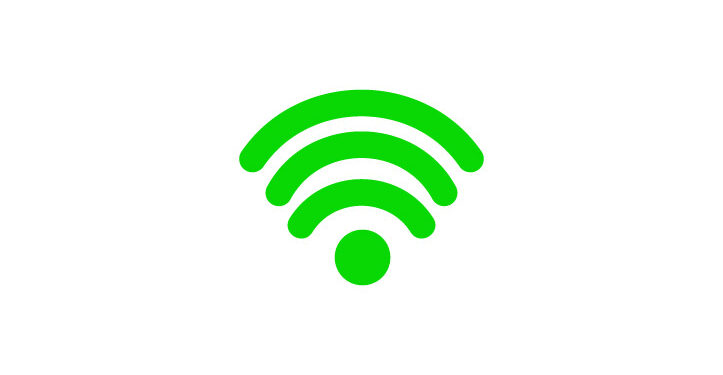Jake Wilson/Intern
OKMULGEE, Oklahoma – On June 3, 2021, Vice President Kamala Harris, Secretary of Commerce Gina Raimondo and Secretary of the Interior Dep Haaland announced the Tribal Broadband Connectivity Program.
The Department of the Treasury was funded $10 billion to establish the Coronavirus Capital Projects Fund to provide funding to states, territories, and tribal governments to make changes in America’s broadband infrastructure.
The grant was established by the Consolidated Appropriations Act 2021 and authorizes the funds to eligible Native American, Native Hawaiian, and Alaska Native entities to expand broadband services for access to remote learning, telework or telehealth resources.
Muscogee Nation Secretary of the Nation Terra Branson-Thomas discussed the current process and what the plan is for the nation going forward with this project.
“So we haven’t actually applied for the program yet. Grant applications are due September 1st,” Branson-Thomas said. “We see this grant as an opportunity to meet our requirements under the 2.5 gigahertz SCC licensing that we received earlier this year. We were licensed for 3 channels in February 2021 so we have 4 years from that date to meet the deployment standards set by the agency.”
She stated the Nation has a few goals in mind for the grant, first to meet deployment standards and the second is to provide fiber infrastructure to government facilities that currently do not have access to fiber and create spots in Muscogee Nation communities that do not have broadband services.
“And then the third goal really is to own infrastructure that the nation can use year over year to provide broadband directly to homes and commercial facilities primarily through wireless internet services,” Branson-Thomas said.
She said the grant application and the federal agency right now is stating the Nation has one year to do construction on the project. But given the size of the project the National Telecommunications and Information Agency is already anticipating new cost extensions to perform the construction requirements.
Since the tribe would be using federal funds, it would have to meet certain environmental standards. Branson-Thomas said feasibly speaking, not many tribal governments would not be able to meet that one-year construction timeline.
“We understand that construction would probably begin sometime in 2022 depending on the design and when funding is received and then we hope to meet our SCC deployment standards by the beginning of 2023,” she said.
Branson-Thomas said while it does seem that any process on this project is a long way away, it could provide many possibilities for the Nation in the future.





